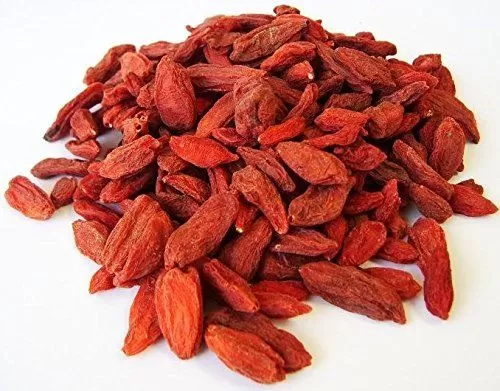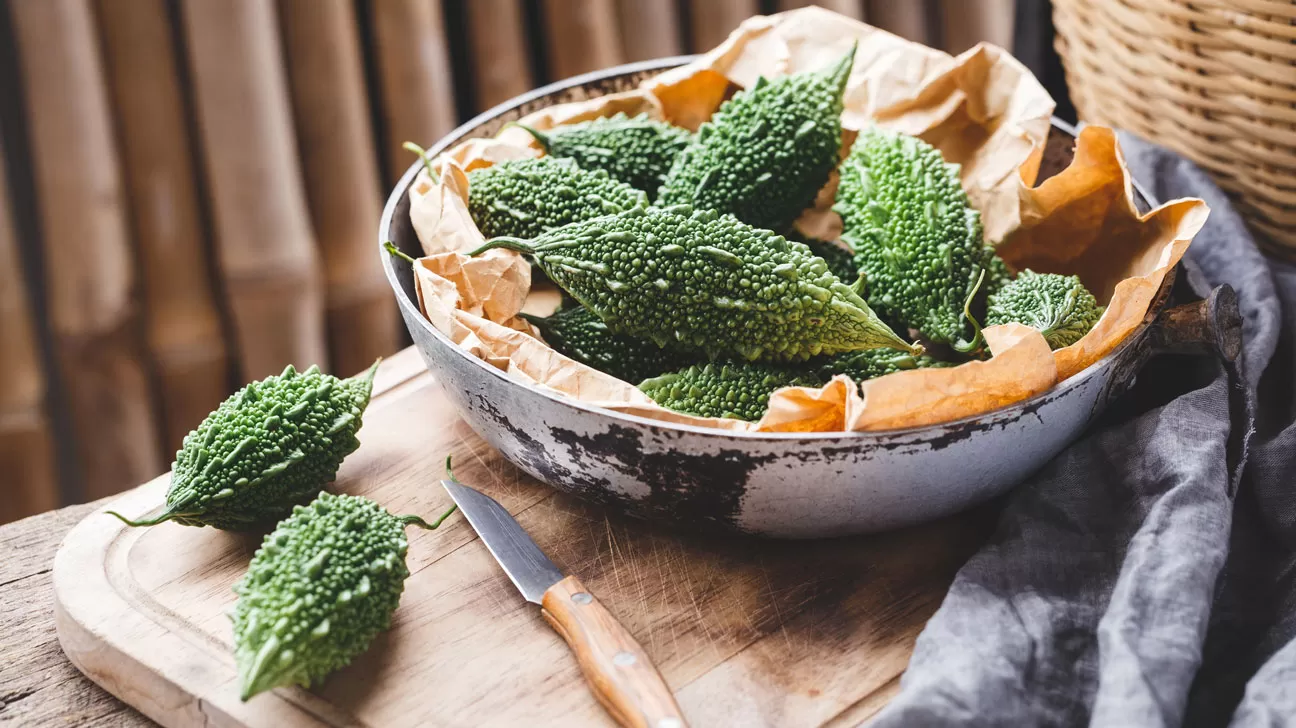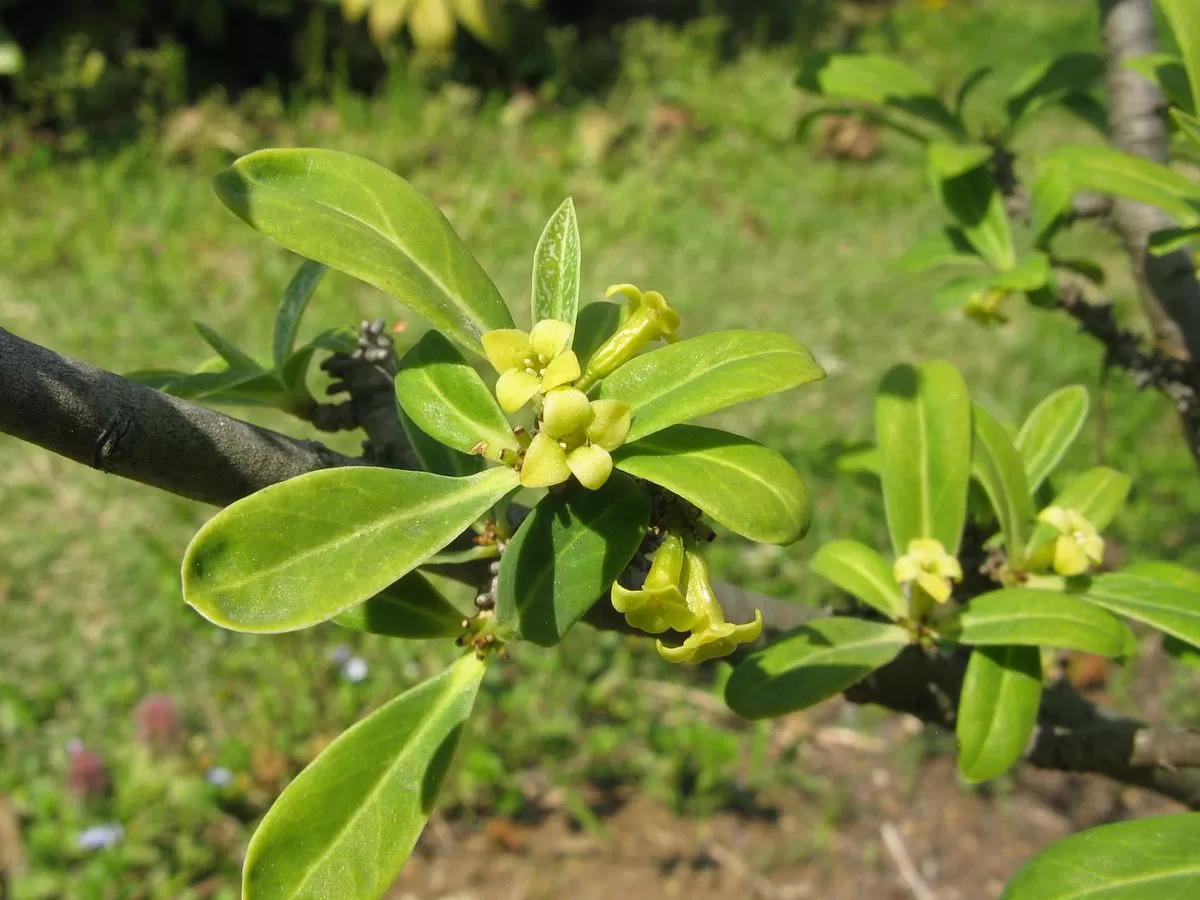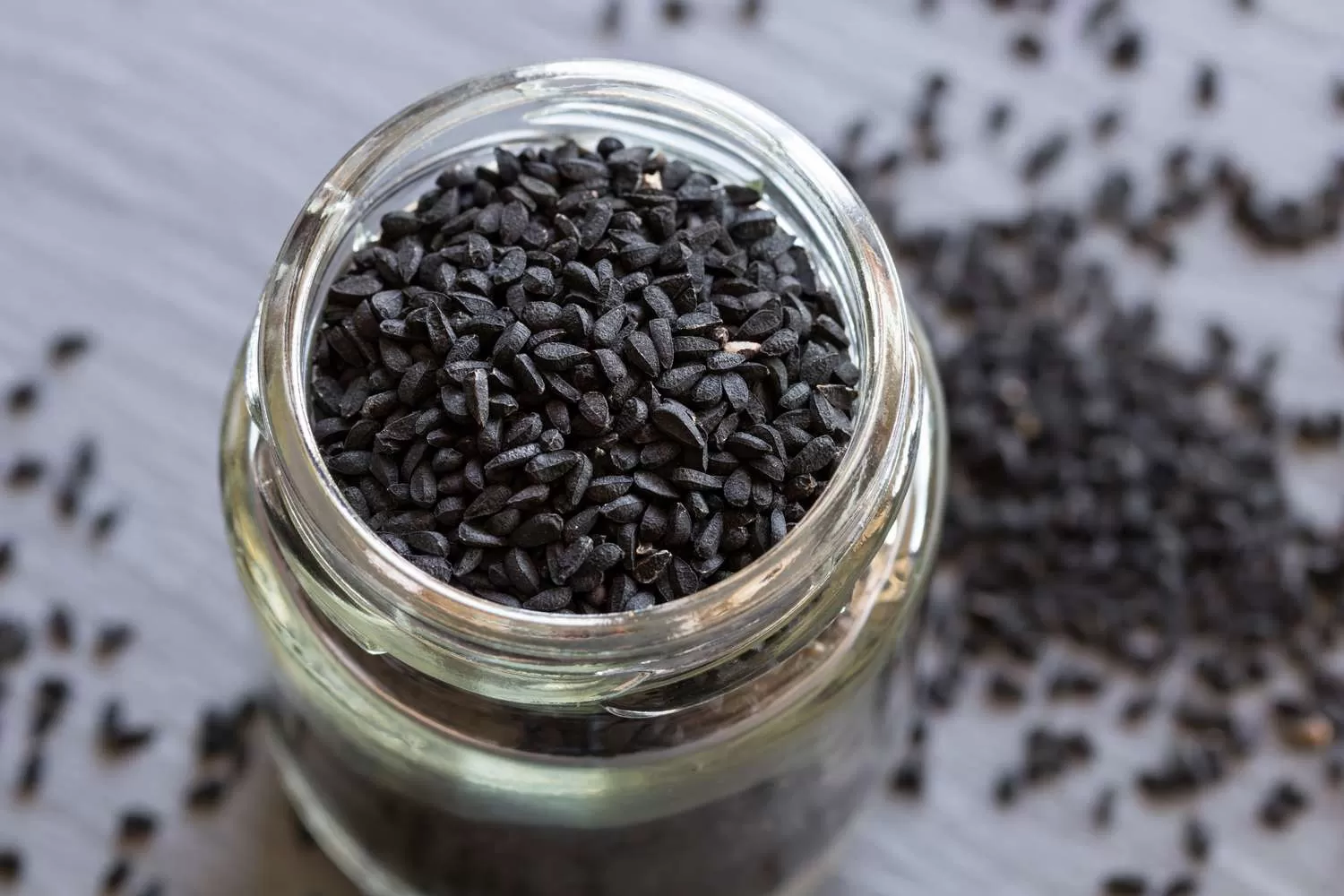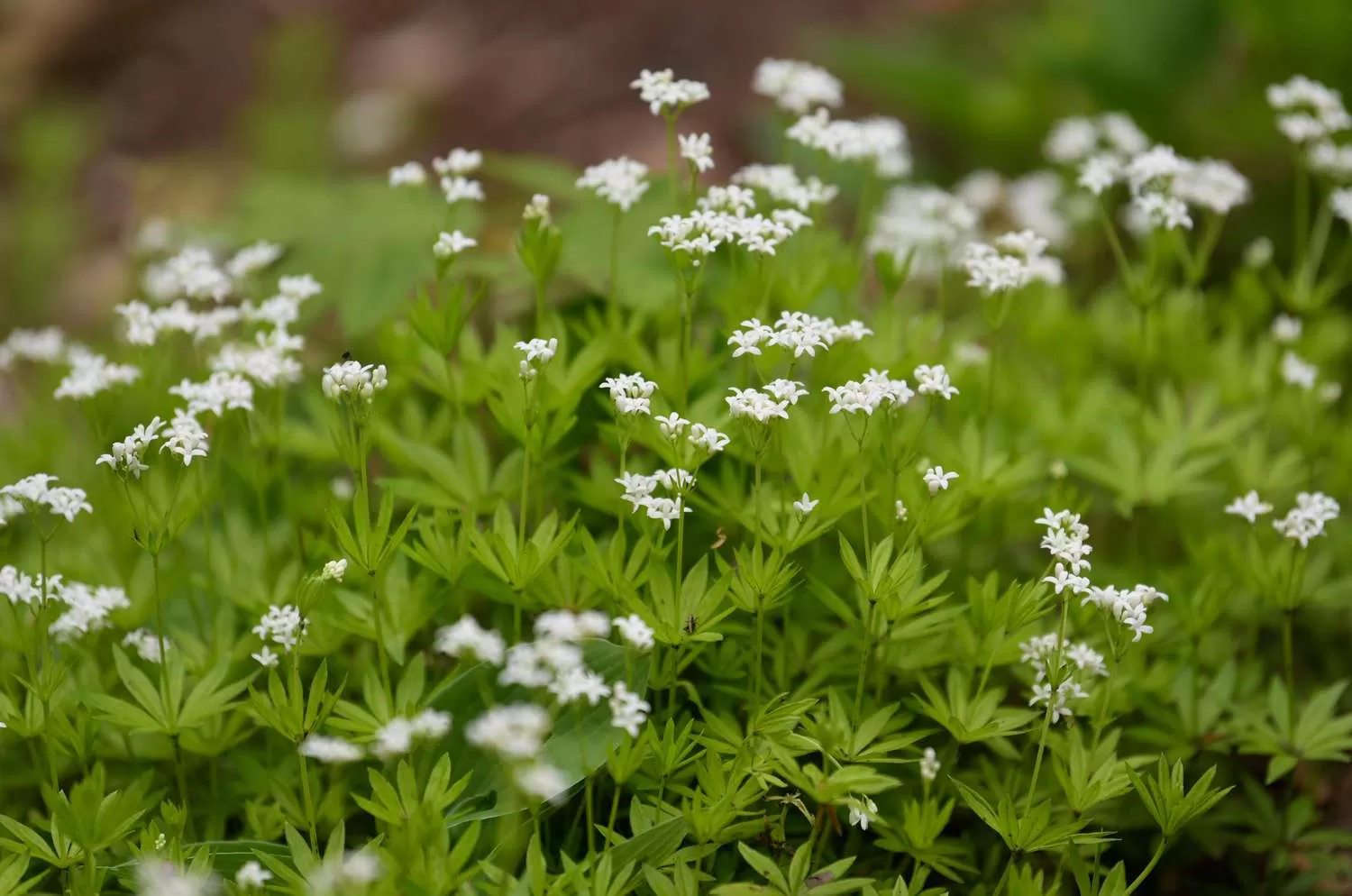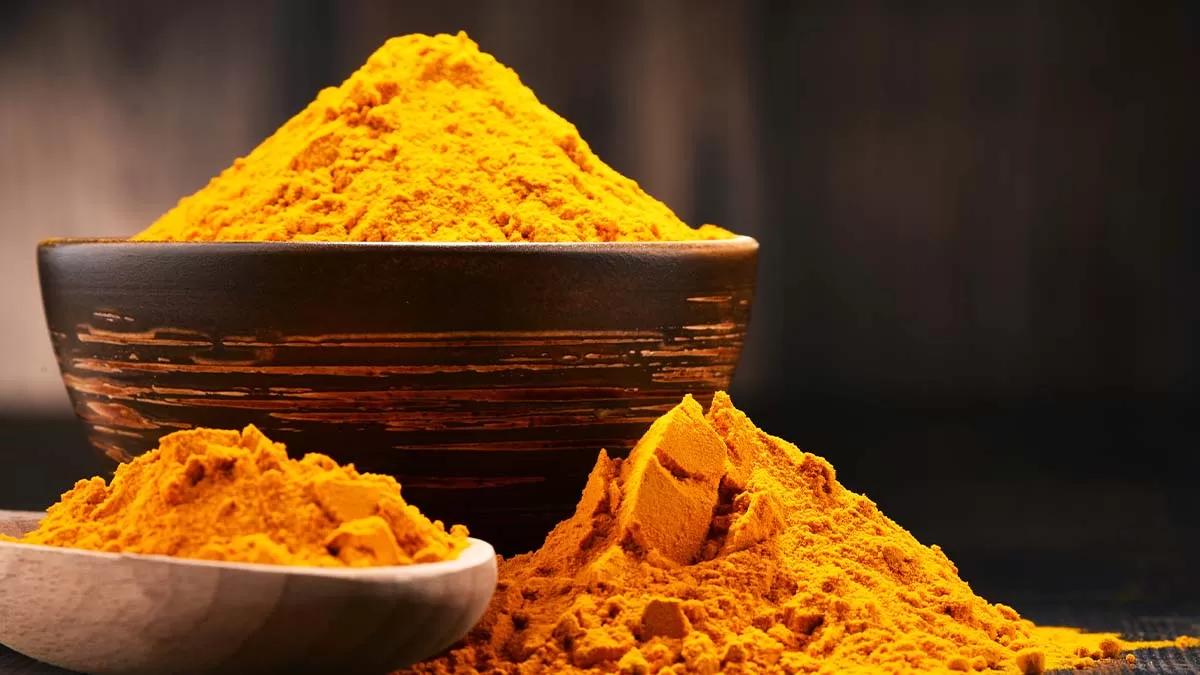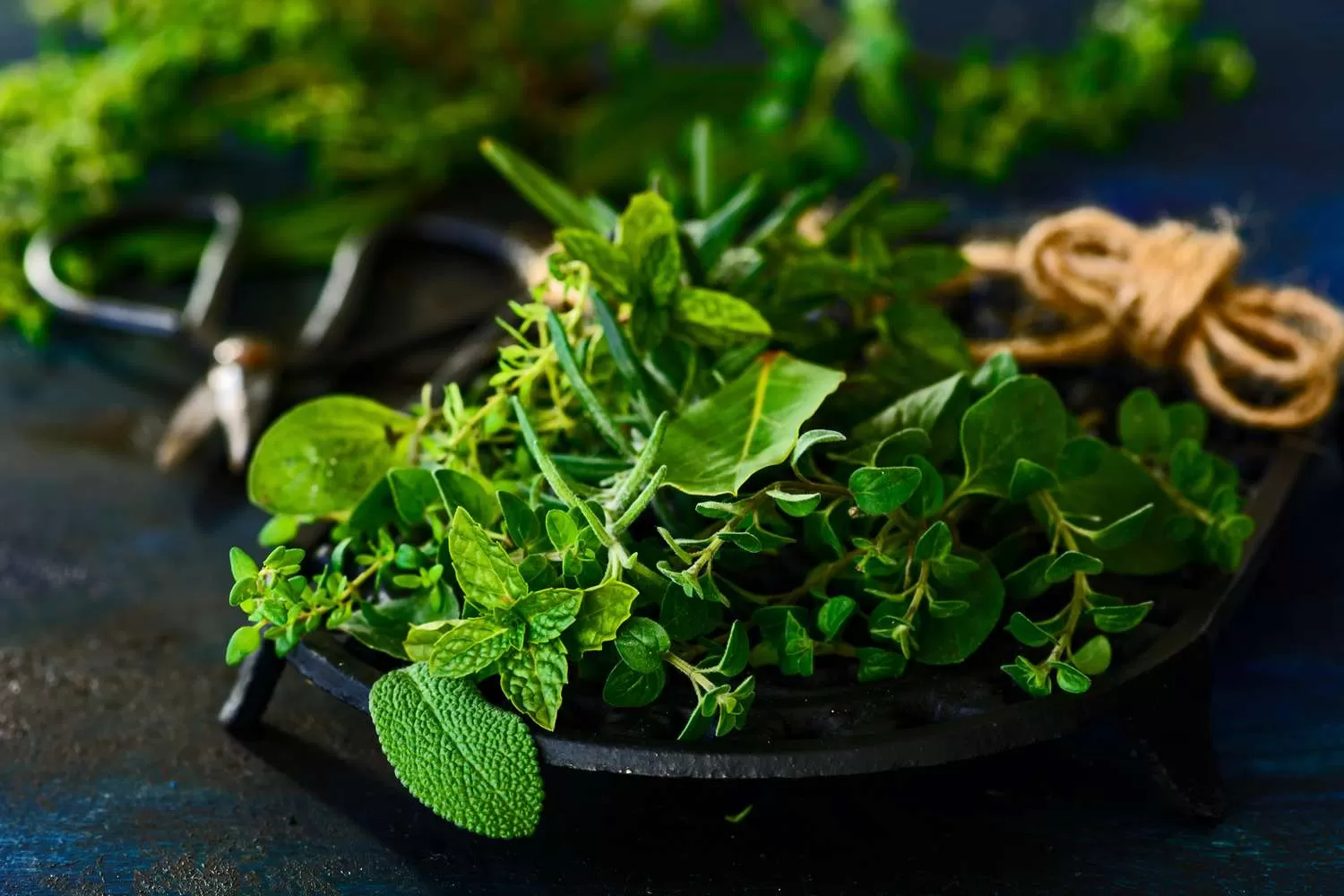- 0086-571-85302990
- sales@greenskybio.com
Blighia Sapida: A Promising Contender in the Fight Against Antimicrobial Resistance
2025-03-23
Antimicrobial resistance (AMR) continues to challenge global public health, ranking among the top three threats humanity faces today. With AMR claiming approximately 70,000 lives annually, the urgent need for innovative antibiotics is compounded by the dwindling number of novel drugs reaching the market, as highlighted by the World Health Organization.
The African continent bears the brunt of this crisis, particularly in Sub-Saharan regions, which reported a staggering 23.5 AMR-related deaths per 100,000 people in 2019. This alarming statistic is largely attributed to poverty and inadequate regulatory frameworks governing antibiotic usage, presenting significant barriers to effective solutions.
In the quest to identify new antimicrobials to counteract AMR, the field of ethnobotany offers valuable insights into medicinal plants. One such plant, Blighia sapida, demonstrates formidable antimicrobial capabilities, rivaling standard antibiotics like streptomycin. Ubiquitous across Africa, B. sapida provides cost-effective extracts for potential antimicrobial formulations. This article examines the phytochemical properties of B. sapida, exploring areas ripe for further research while spotlighting other plants exhibiting pathogen-fighting activity.
Blighia Sapida in Traditional Medicine
Africa boasts an estimated 5,000 medicinal plant species, including B. sapida, a staple across West Africa. Known by various names such as Okpu, Isin, and akee apple, B. sapida finds use in numerous industries, from construction to medicine. Its medical applications in developing nations stand out for their distinct role in healthcare.
The plant’s extracts showcase a spectrum of therapeutic activities, offering antidiarrheal, anticancer, hypoglycemic, and antioxidant benefits. Historically, B. sapida has been employed to treat conditions ranging from edema to yellow fever, with efficacy demonstrated in addressing gonorrhea, psychosis, and even cancer. However, caution is advised as unripe B. sapida contains toxic levels of hypoglycin A; safe consumption is limited to the mature arils, which lose toxicity upon ripening.
The antimicrobial properties of B. sapida are particularly noteworthy. For instance, its leaf extracts exhibit antiplasmodial activity against Plasmodium berghei, responsible for malaria in rodents. Additionally, methanolic extracts from the plant's arils inhibit bacterial growth, notably impacting Klebsiella pneumoniae and Staphylococcus aureus.
Further studies have documented B. sapida’s efficacy against an array of bacterial strains, including S. aureus, Bacillus subtilis, Salmonella Typhi, Streptococcus pneumoniae, Escherichia coli, and K. pneumoniae. Remarkably, the stem bark and leaf extracts show comparable activity to streptomycin, with low inhibitory and bactericidal concentrations. These findings suggest B. sapida’s potential as a therapeutic agent against these pathogens.
Why Blighia Sapida Works
The widespread use of medicinal plants in Africa is attributable to their accessibility and the deep-seated understanding traditional healers have of their patients' environments. The continent’s tropical and subtropical conditions foster the adaptation of secondary metabolites, enhancing the accumulation of chemopreventive substances in local flora compared to their northern hemisphere counterparts.
Research indicates that plant extracts can inhibit a broad range of microorganisms, thanks to the synergistic effects of their active ingredients. B. sapida’s phytochemicals, such as saponins, tannins, flavonoids, and alkaloids, feature antimicrobial properties crucial to its medicinal efficacy.
These compounds work in concert to combat pathogens: saponins break down bacterial cells, tannins disrupt cellular metabolism, flavonoids inhibit nucleic acid synthesis, and alkaloids compromise bacterial DNA and protein synthesis. The synergy among these mechanisms is vital, curtailing the ability of bacteria to develop resistance by leveraging multiple bioactive pathways.
Future Outlook for Blighia Sapida
Given B. sapida’s extensive therapeutic applications and its potency against diverse pathogens, researchers advocate for expanded studies. To ensure its viability and safety as a potential antibiotic source, comprehensive assessments of B. sapida's toxicity must establish safe dosages, toxic thresholds, and regulatory compliance for human use.
Detailed chemical characterization is essential, with advanced analytical techniques, such as high-performance liquid chromatography (HPLC), being pivotal in identifying B. sapida’s bioactive constituents. Although initial analyses yield promising insights, the research landscape necessitates greater funding to unravel the complex interplay of phytochemicals within B. sapida and other medicinal plants. Accurate chemical profiling will validate the medicinal assertions linked to B. sapida and bolster the fight against AMR.





